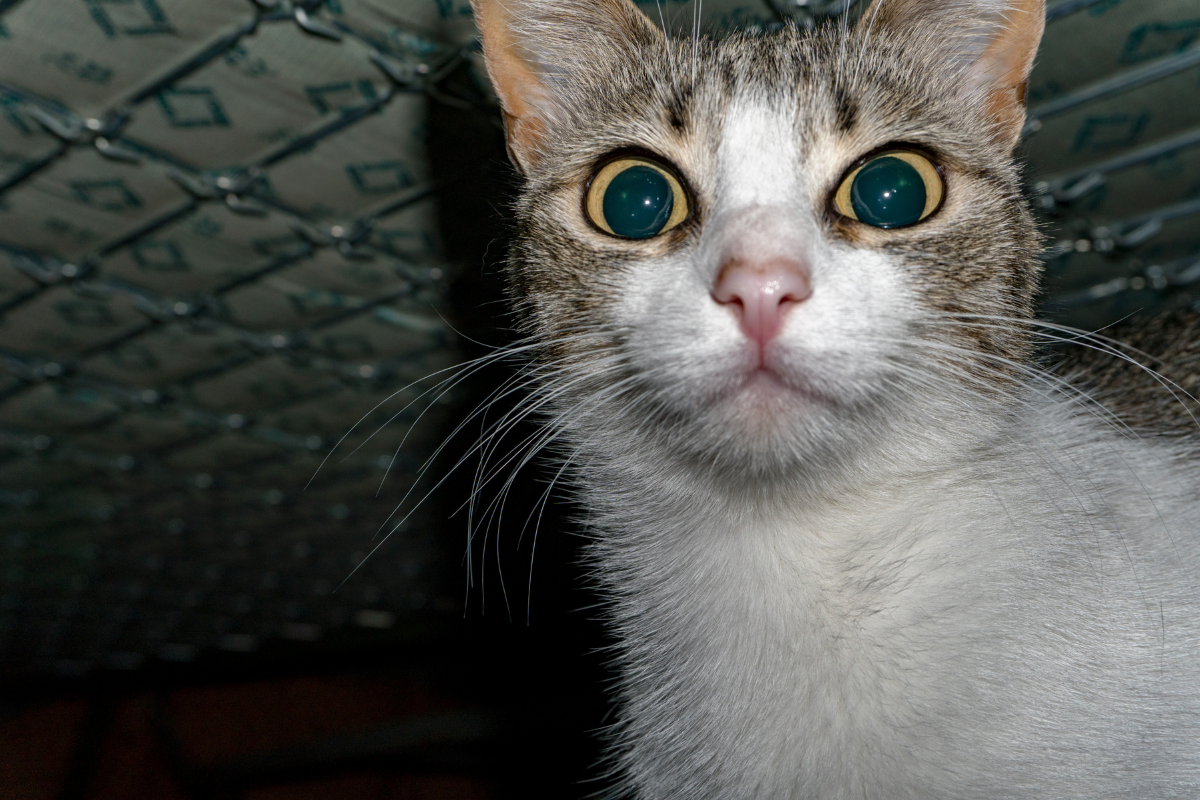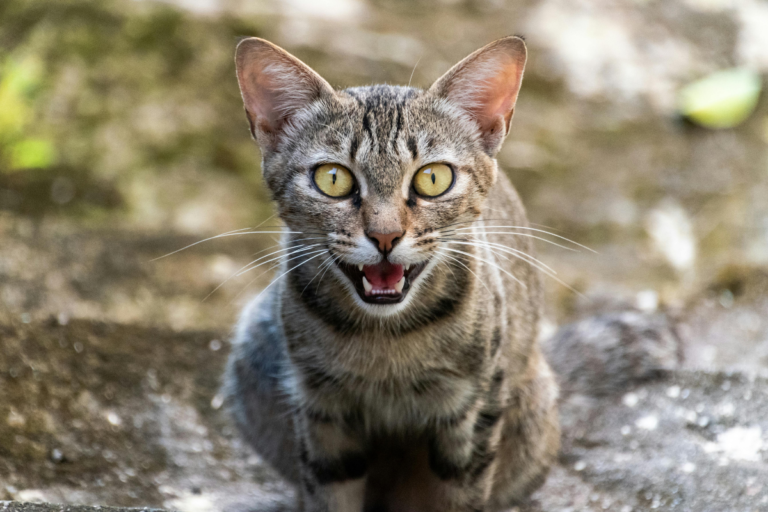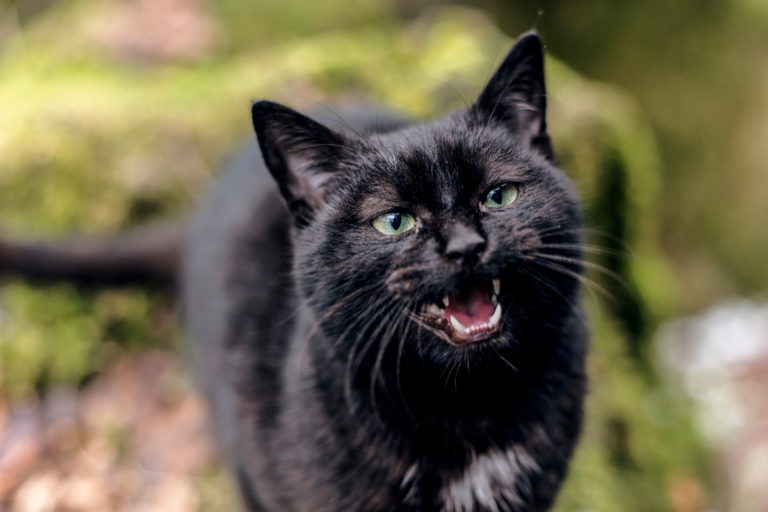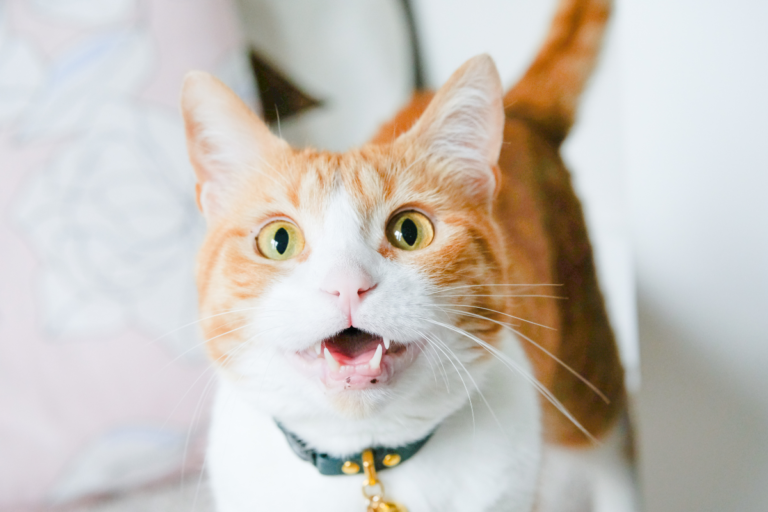Behind Closed Doors: Unveiling Your Cat Hiding Under the Bed
Understanding Cat Behavior
Signs of Stress in Cats
When a kitty’s tucked under the bed or acting odd, it might be feeling stressed. Here’s what to watch for:
- Chatty Cat: If your furry companion won’t stop yapping – be it meows, yowling, hissing, or growling – they might be nervous or asking for help. Curious why your cat’s talking so much? Check out cats meowing.
- Over-the-Top Grooming: Sometimes, stress makes cats groom themselves silly, ending up with bald spots and sore skin. Paper-Hat-Cat tip? Keep things steady and toss in some fun brain games. Speak to Doc Fluffy on anti-anxiety options.
- Potty Problems: Dropping surprises outside their litter box might signal stress, health issues like infections, or territory tiffs. Don’t skip the vet check if your kitty’s acting like a pottier Picasso!
- Grumpy Gus: Stressed-out cats might go on the offensive – think sneak attacks, scratches, and bites. It’s super important to rule out any health wrinkles before switching up their pad or meds. For tips on taming Mr. Furry Fists, brawl on over to cat aggression.
- Hide and Seek: If your cat was a hide-and-seek champion, keep tabs on their favorite secret corners to decode their stress triggers. Spotting hiding clues helps in making their space comfy and cozy.
Causes of Excessive Hiding
If your cat’s bunkering down under the bed, let’s figure out what gives them the creeps. Here’s what could be spooking your kitty:
- Born Sneaker: Sticking it out in a hidey-hole is natural for cats. New digs, loud bangs, new animal pals, and feeling woozy or in pain can make them dive for cover.
- House Shuffle: Moving house or making your place look like a new IKEA catalog can send a cat hiding for days.
- Vet Visit Nap: If a quiet cat’s suddenly nowhere to be found, it may need a fun-filled ride to the vet.
- A Quiet Spot: Sometimes, cats just need a breather from the ruckus. Luring them back with treats, yummy food, or their fav smell might do the trick (Pet Radar).
- Their Own Fortress: Offering cozy nooks like boxes or cat beds can make them feel safe and snug, satisfying their hide-and-seek instincts.
Knowing what ticks off their whiskers means you can build them a stress-free sanctuary. Check out our deep dives on cats behavior for tips, tricks, and everything in between.
Addressing Stress-Related Behaviors
Tackling stress behaviors in cats can feel like an uphill struggle, but sussing out why they’re stressed helps a ton. Let’s chat about the common behaviors and ways to handle them, shall we?
Dealing with Increased Vocalizations
Ever had your feline friend meowing like they just discovered they’re part opera singer? If Fluffy’s under the bed making a racket, there might be stress in the mix. They’re not just singing for the joy of it—they might be letting you know something’s up or they’re begging for attention. To help your little furball relax a bit:
- Create a Safe Space: Set up a comfy, quiet nook where they can chill.
- Engage in Playtime: Break out the toys and treats to distract and calm them down.
- Establish a Routine: Cats dig predictability. Regular meals and playdates can be magic for their nerves.
If you’re all ears for more advice on loud cats, peek at our guide on cats meowing.
Managing Urinating Outside the Litter Box
Cats deciding the litter box isn’t quite posh enough to wee in could be sending stress signals. Or, they might have medical gremlins like UTIs bothering them. Here’s your checklist:
- Consult a Vet: A trip to the vet comes first to rule out any health issues.
- Clean Thoroughly: Bust out enzymatic cleaners to nix that smell and discourage repeat offenses.
- Litter Box Management: Keep it tidy, in a peaceful spot, with one box per cat plus a bonus.
Hop over to our page on cats behavior for more quirky conduct fixes.
Handling Aggression in Cats
Got a cat who turns into a furry Tasmanian devil? Stress could be winding them up for a fight. Before you chalk it up to stress, make sure there’s no pain or other health hiccups. What can you do? Try this out:
- Veterinary Check-up: Double-check that their crankiness isn’t health-based.
- Behavioral Enrichment: Spice up their day with toys, climbing stuff, and playful shenanigans.
- Pheromone Diffusers: These little gadgets can help mellow your mouser out.
For more about feline feistiness and calming solutions, visit our cat aggression guide.
Taking these steps might just help you and your kitty get back to harmony. Remember, a bucketload of patience, knowing Kitty’s quirks, and a gentle touch is the way to keep them settled and purr-fectly happy.
Encouraging Cats to Come Out of Hiding
When your cat hunkers down under the bed, it can be a tad worrying. Maybe they’re stressed, anxious, or just need a cozy retreat. Here’s how you can gently lure them back to the land of the living room.
Techniques to Lure Cats Out
In my experience, nothing beats the power of food and treats. Picture this: a can of tuna, a whiff of salmon, some boiled chicken bites, or those irresistible catnip treats. Cats can’t help but follow their noses (Pet Radar).
Here are some tricks that have worked like a charm:
- Interactive Toys: Get their attention with a wand toy or laser pointer.
- Familiar Scents: Lay down some of your used clothes or a blanket near their hiding spot to make them feel at home.
- Calming Products: Spritz some pheromone spray or set up a diffuser to chill out the vibes.
- Playtime: Dive into a play session with their favorite toys.
| Technique | Description |
|---|---|
| Food & Treats | Tempt with strong-smelling food like tuna or chicken |
| Interactive Toys | Engage with wand toys or laser beams |
| Familiar Scents | Plunk down clothing with your scent |
| Calming Products | Use sprays or diffusers for a relaxing atmosphere |
| Playtime | Bust out play sessions for some interactive fun |
Positive Reinforcement Methods
When Mr. Whiskers finally peeks out, it’s high time for some positive vibes. I swear by a mix of treats, petting, and play to say, “Good job, kitty”.
Here’s how to keep those good times rolling:
- Praise: Use your gentle, reassuring voice to welcome them.
- Treats: Reward them with their fave nibbles.
- Petting: A little head scratch or chin rub can go a long way in building trust.
- Playtime: Turn emergence time into playtime.
- Cuddle Time: If your cat is a cuddle bug, give them some love to boost self-assurance.
| Method | Description |
|---|---|
| Praise | Speak softly to praise when they come out |
| Treats | Offer something tasty as a reward |
| Petting | Provide gentle petting and affection |
| Playtime | Connect play with their coming out |
| Cuddle Time | Hold or cuddle if your cat enjoys being held |
Creating a cozy and secure space is key. Resources on cat psychology and cat behavior shed more light on what makes kitties tick. Remember, if hiding lasts more than a day, they might need some extra help to ensure they’re eating and drinking.
Bear in mind, hiding can just be their way of coping with new faces or changes at home. Never force a cat out; let them take their time to feel comfortable (Feliway).
With these simple steps and positive reinforcement, your shy cat can become more at ease. Want to dive deeper into kitty behaviors? Check out our insights on cat aggression and cats meowing.
Interpreting Cat Body Language
You ever look at your cat and wonder what’s going on in their fluffy heads? Yeah, me too! Figuring out what a cat’s trying to tell you through their body language is like decoding a secret language – it can make a huge difference in understanding their needs and feelings. They’ve got expressions and gestures that may seem ordinary but say a lot about when your kitty is chilled out or on high alert, like when they’re hiding under the bed.
Reading Cat’s Body Cues
Your furry buddy might be tight-lipped, but their body isn’t. It’s got some tales to tell.
-
Tail Movements:
- A high, vertical tail is their way of giving you a nod, signaling they’re feeling safe, content, and open to interaction.
- On the flip side, if that tail’s hugging the floor, your little one might be feeling uneasy or spooked.
-
Body Posture:
- Facing you straight-on with their whole self? That’s a pretty good sign they’re interested and ready for what you’ve got in store.
- If they show their back, don’t take it to heart—they’re still cool with you. It’s like cat-zen.
Understanding Tail, Ear, and Eye Signals
-
Tail Talk:
- When that tail goes all puffed up, your cat’s gearing up for a fight or flight.
- A slow wave means you’ve caught their attention.
- Flipping around quickly? That’s one miffed kitty right there.
-
Ear Expressions:
- Perky ears are the feline version of wide-eyed curiosity.
- But squashed sideways, your four-legged friend is not feeling it—like, at all.
- Backward-tilted ears are another matter—think cat on the defense.
-
Eye Signals:
- Getting a slow blink? Feel special, because that’s kitty-talk for “I trust you.”
- Overly wide eyes can mean your cat’s either super excited or a bit terrified.
- Peering at you through narrowed eyes? They’re not just judging, they’re also feeling threatened.
Cracking the code of these nonverbal signals can make a world of difference, especially if your furball decides to become overly talkative or engage in a bit of claw sharpening on things you prefer scratch-free. Recognizing these signs can offer insights if you’re dealing with cat aggression or those meows that wake you up at odd hours (cats meowing at night).
Here’s the cheat sheet for cat cues:
| Body Part | Signal | Meaning |
|---|---|---|
| Tail | High/Vertical | Confidence, Comfort, Happiness |
| Tail | Low | Fearfulness, Anxiety |
| Ears | Forward | Interest, Alertness |
| Ears | Flattened to Side | Fear |
| Ears | Turned Back | Anger, Defensiveness |
| Eyes | Slow Blinking | Trust |
| Eyes | Dilated Pupils | Excitement, Fear |
| Eyes | Narrowed | Aggression, Discomfort |
Keep these clues in mind for a deeper connection with your furry sidekick. Want to know more? Check out our cats behavior page and get to know what’s ticking inside those tiny whiskered heads!






